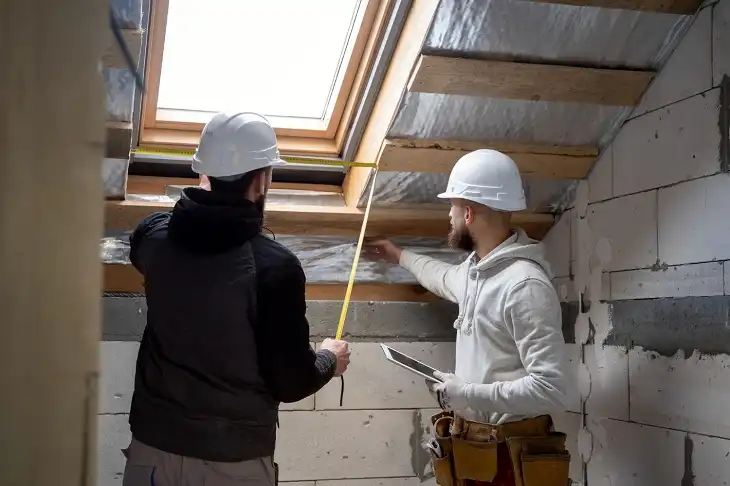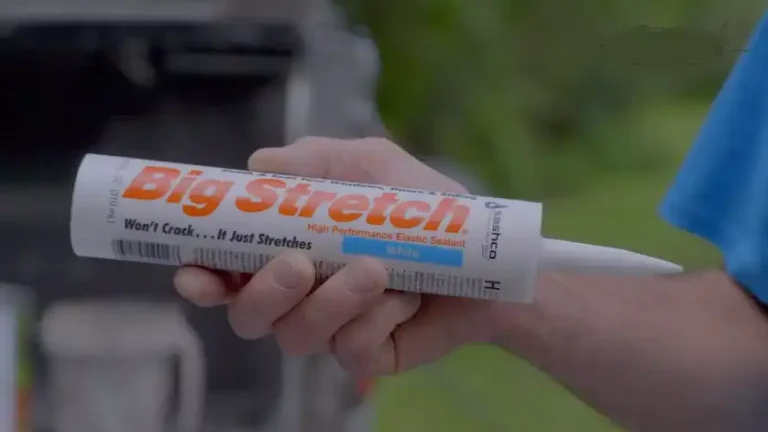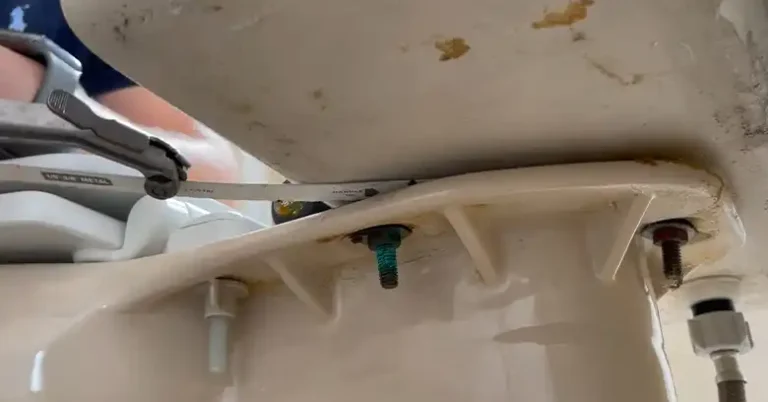Thermo Ply Insulation Sheathing
Thermo Ply insulation sheathing is a lightweight yet durable material designed to improve a building’s energy efficiency by providing an effective thermal barrier. It functions as a weather-resistant barrier (WRB) and structural sheathing, making it a popular choice in residential and commercial construction.
This versatile material offers excellent resistance to air and moisture infiltration while maintaining the building’s integrity. Thermo Ply sheathing is typically applied to the exterior of a structure, helping to reduce heating and cooling costs and contributing to overall comfort.

What Is Thermo-Ply Sheathing?
Thermo Ply insulation sheathing is a rigid, laminated material made of high-strength fiber and polymer materials. It’s designed to perform two main functions: providing insulation to regulate indoor temperatures and acting as a structural component that supports the outer layers of a building.
Its installation helps prevent air and moisture infiltration, making it a highly effective energy-saving solution. Due to its lightweight and durable nature, Thermo Ply is easy to install, cost-effective, and suitable for a variety of building applications.
Benefits of Thermo Ply Insulation Sheathing
Thermo Ply offers several advantages when used as insulation sheathing:
- Energy Efficiency: By creating a tight building envelope, Thermo Ply helps reduce energy consumption by limiting heat loss in winter and preventing heat gain in summer. This leads to lower utility bills and a more comfortable living environment.
- Durability: The fiber and polymer construction of Thermo Ply provides strength and resilience, making it capable of withstanding harsh weather conditions without warping, cracking, or deteriorating.
- Lightweight and Easy to Handle: Its lightweight nature makes Thermo Ply easier to transport, cut, and install compared to other types of sheathing materials, such as plywood or oriented strand board (OSB).
- Moisture Resistance: Thermo Ply sheathing helps protect the building from water intrusion, reducing the risk of mold and mildew growth inside the walls.
- Cost-Effective: As a relatively inexpensive material, Thermo Ply offers a high return on investment by providing structural support and energy efficiency at a lower cost than some alternatives.
What Is Thermo Ply Insulation Sheathing Used For?
Thermo Ply insulation sheathing is commonly used in:
- Residential Construction: It’s frequently used in new homes or during renovations to improve insulation and structural integrity.
- Commercial Buildings: Office buildings, retail spaces, and warehouses benefit from the energy-saving and moisture-resistant properties of Thermo Ply.
- Agricultural Structures: Barns, sheds, and other outbuildings can also use Thermo Ply to provide protection from the elements and maintain stable indoor temperatures.
Frequently Asked Questions
Is thermo ply waterproof?
These fibers are treated to be waterproof and are stuck together with a special waterproof glue. A protective plastic layer covers both sides of the panel, and sometimes metal foil is added to one or both sides.
Can you paint ThermoPly?
It’s a material used for covering walls. You need to put siding on the outside and drywall on the inside. You also need to use tape to seal all the seams to make them waterproof. If you paint the side without the tape, the paint might peel at the edges.
Is thermo-ply better than plywood?
Thermo-Ply generally offers superior strength, durability, moisture resistance, and insulation properties compared to plywood. However, plywood may be a more cost-effective option for projects with less demanding requirements. Ultimately, the best choice will depend on your specific needs and budget.
Conclusion
Thermo Ply insulation sheathing is an excellent choice for enhancing a building’s energy efficiency, moisture resistance, and structural integrity. Whether you’re building a new home or upgrading an existing one, this versatile material can provide long-lasting protection and help lower energy costs.






